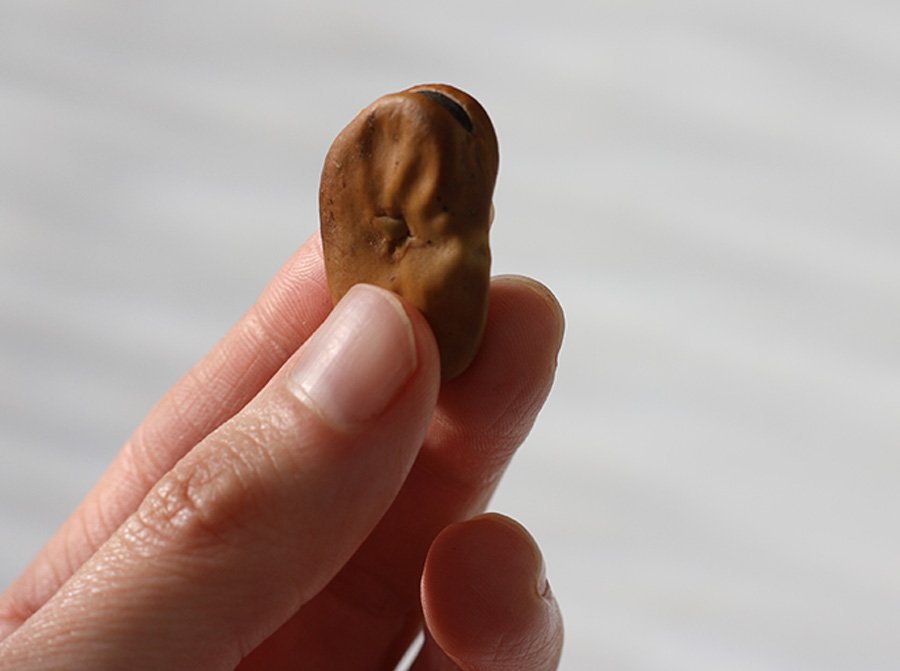We are writing this article after eating one of our favorite cakes: Tortell de Reis (Roscón de Reyes). It is the Three Kings Day cake, the cake that we eat just one day of the year, January 6.
And beyond being delicious, this is a special cake for the ritual around it. A dried fava bean, a figurine… Do you know the tradition we are talking about? Read on to find out ;-)
Tortell de Reis, a special cake
In Spain we eat this ring-shaped cake decorated with candied fruit on this special day: January 6, Three Kings’ Day. And here is what makes it so special: it contains a dried fava bean and a figurine, which is normally one of the Three Wise Men. And why are these two elements hidden inside this cake? Here is why:
Piece of cake with the dried fava bean: The one who gets the piece of cake containing the dry broad bean has to pay for next year’s tortell de reis.
Piece of cake with the Wise Man figurine: The one who gets the piece of cake containing this figurine is crowned with the cake’s cardboard crown.

But where does this tradition come from?
Believe it or not, this cake doesn’t come from any event or anecdote linked to Christmas or the Three Kings’ Day. It actually comes from a Roman and pagan tradition. We have to travel back to the 2nd century BC (Roman Empire), when this cake used to be specially prepared for a holiday in Mid December called “Saturnalia”.
During this period, slaves were allowed to spend a week idle. Also, in honor of Saturn, the god of agriculture and crops, this cake was cooked with honey, nuts, figs… And it was served as dessert. So this is where the Three Kings Day cake really comes from.
And what does the dried fava bean mean?
But why does it have to contain a dried fava bean? What does it really mean? Well, to find the answer to that question we have to move forward some centuries later… Specifically, it was not until the 3rd century AD, with the advent of Christianity, that this element started to play a leading role in this tradition. More specifically, in the cake.

And the fava bean was introduced as a symbol of fertility. So the one who got the piece of cake containing the legume, would enjoy prosperity throughout the year. So… a bit different from today’s tradition regarding the one getting the bean (you have to pay for next year’s cake instead!).
And the king’s figurine?
And some centuries after the fava bean was introduced… It was the king’s turn. It is said to be linked to king Louis XV from France, who popularized it among the noble families, all of them wanting to find in the cake, instead of a fava bien, a gold coin!

Also, if you want to keep finding out stories about special cakes as interesting as the Three Kings Day cake… You can’t miss the story about one of the most famous cakes in Catalonia and the ritual around it: Mona de Pasqua.

